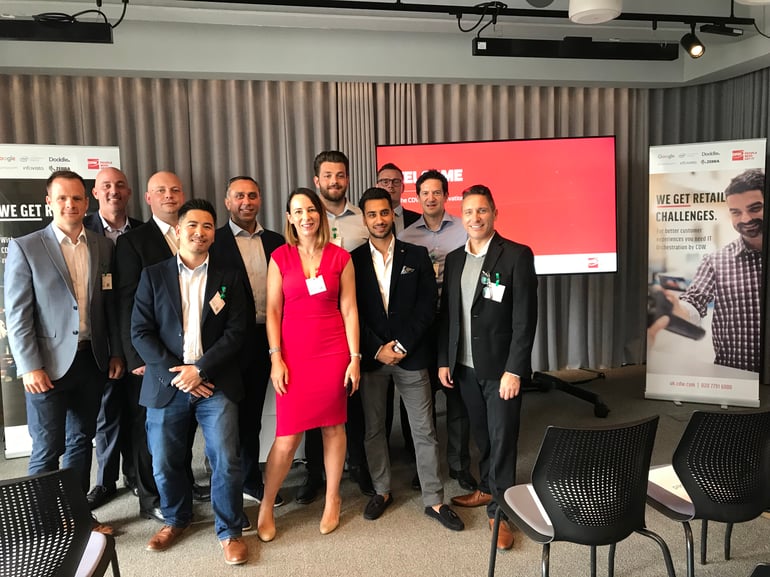
The need for innovation in retail is familiar to most business leaders. Improving in-store experiences, enabling frictionless multichannel interactions, deploying smarter payment systems… There’s a long shopping list facing retailers who want to win more customers in today’s fiercely competitive marketplace.
And there is no shortage of research to drive the message home:
- 73% of consumers use multiple channels to shop, according to a study of 46,000 shoppers published by Harvard Business Review as evidence that ominchannel retailing works
- 87% of consumers begin their shopping journey with digital, which represents a jump from 71% in 2017, according to a shopper-first retailing report from Salesforce
- 61% of consumers start shopping on one device but finish the transaction on a different device, according to research by Google into the role of mobile in customers’ decision-making journey
The question is, where do you start? An incredibly complex array of technology requires consideration and none of these technologies can be deployed in isolation. A piecemeal approach cannot deliver the necessary transformation.
To succeed in the digital age, retail business need to adopt truly customer-centric thinking at all levels, which in some cases calls for a fundamental shift in mindset. That mindset has to be the basis for a consolidated IT strategy that serves the ultimate goal of transformation.
A tall order for IT leaders
What I learned from discussing these challenges with IT leaders at our latest Retail Innovation Showcase was that most of the community understand the impetus for change and share huge ambition to drive it forward. Standing in their way, however, are daunting requirements for rigorous business planning, feasibility studies, compliance protocols, vendor relationships, project management and support.
Navigating a viable path through these various stages of transformation is hugely challenging.
Solution spread
For example, there’s the task of selecting partners from a vast range of vendors offering specialist technology including ePOS systems, smart mirrors and AI solutions that help predict customer behaviour. Then there’s the question of whether existing data centre arrangements are equipped to deal with the demands of new apps and SaaS deployments. In many cases, varying degrees of public cloud migration may be required to achieve the necessary scale and agility within budget parameters. Aligning new platforms with older infrastructure is no easy task, particularly when essential legacy software is part of the equation.
Skills shortages
Migration programmes of this magnitude also raise the question of whether in-house teams are sufficiently resourced and skilled to implement changes on this scale. One recent survey concluded that 89% of employers expect to face a worsening shortage of technology skills.
Budget oversight
Budget control is a vital component of all processes but scope creep and spiralling budgets are not unusual. Maintaining visibility across the technology stack is an ongoing challenge for IT leaders in retail who have been set the objective of delivering competitive advantage within strict financial parameters, as well as data security and governance guidelines.
A partnership approach is crucial to success in all of these areas. In my new role as Retail Strategy Lead at CDW I’m extremely excited about the prospect of working with businesses in such a vibrant and fast-moving industry. Yes, there are challenges to overcome, but the opportunities, for those committed to transformation, are fantastic.
Find out more about CDW’s retail capabilities in our retail customer success case studies here: https://www.uk.cdw.com/about/case-studies/estee-lauder/
